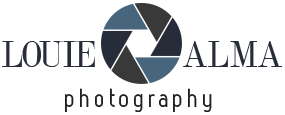Princess Cruises Kicks Off “Pitch-Perfect Vacations” with Fleetwide Broadcast of FIFA World Cup 26™
Princess Cruises is kicking off summer 2026 with a winning play: the cruise line has secured rights from IMG to broadcast every match of the FIFA World Cup 26™ across all 17 ships in its fleet. Fans can now book their dream summer getaway without fear of missing a moment as their favorite team battles it out on the world’s biggest pitch.




